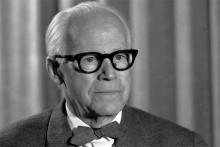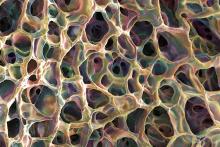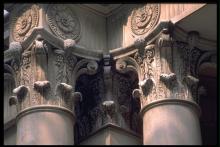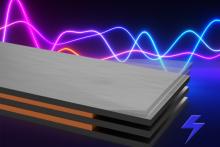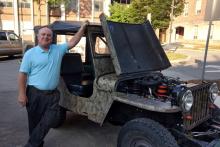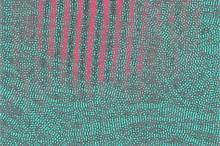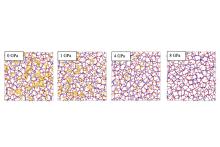Buried interview from 1963 with Walter Friedrich helped shine some light on the German scientist’s vital yet forgotten role in a Nobel Prize-winning discovery.
The 13th annual Materials Visualization Competition (MVC13) is now accepting submissions. The deadline for submissions is March 1.
Penn State's Office of the Vice Provost for Faculty Affairs has named 13 distinguished professors for 2021.
Two-dimensional materials can be used to create smaller, high-performance transistors traditionally made of silicon, according to Saptarshi Das.
Piezoelectric materials hold great promise as sensors and as energy harvesters but are normally much less effective at high temperatures, limiting their use in environments such as engines or space exploration.
For as long as he can remember, John Hellmann was interested in science. He excelled in chemistry, physics and other fields but he was most drawn to fields that could be applied to solving real-world problems.
Range anxiety, the fear of running out of power before being able to recharge an electric vehicle, may be a thing of the past, according to a team of Penn State engineers who are looking at lithium iron phosphate batteries that have a range of 250 miles with the ability to charge in 10 minutes.
Reactive molecules, such as free radicals, can be produced in the body after exposure to certain environments or substances and go on to cause cell damage.
Researchers from Penn State and AGC Inc. in Japan suggest that the silica glass used for fiber optic cables would have less signal loss if it were manufactured under high pressure.


